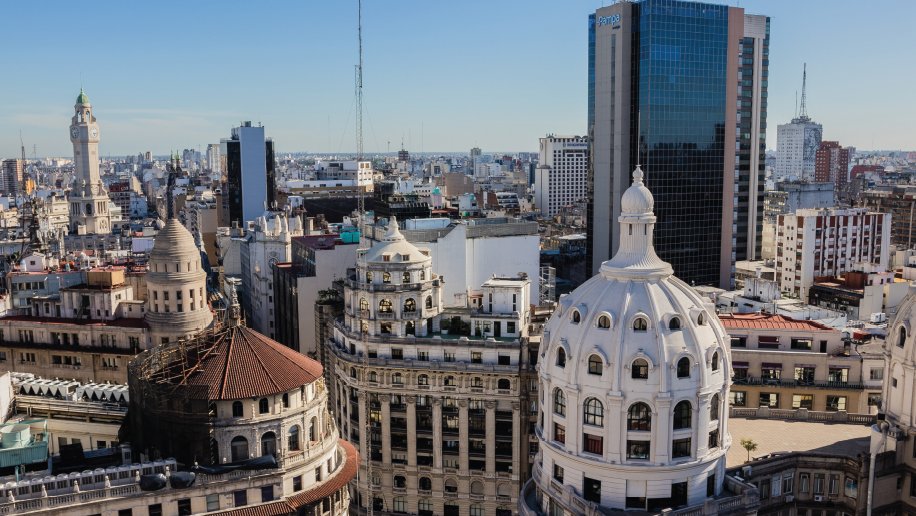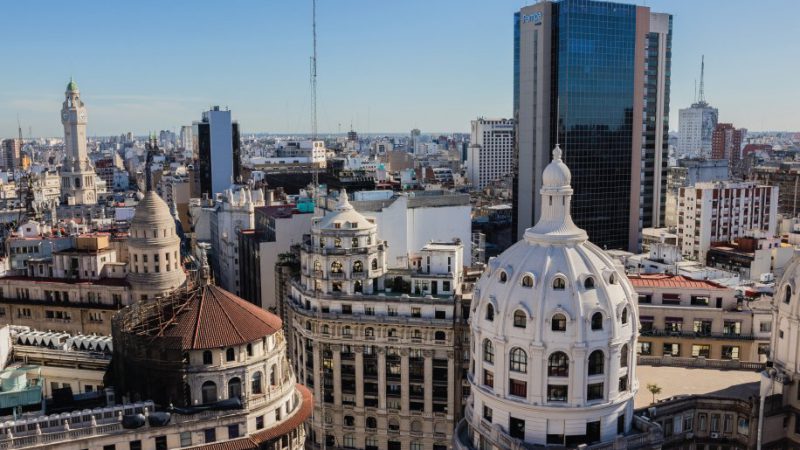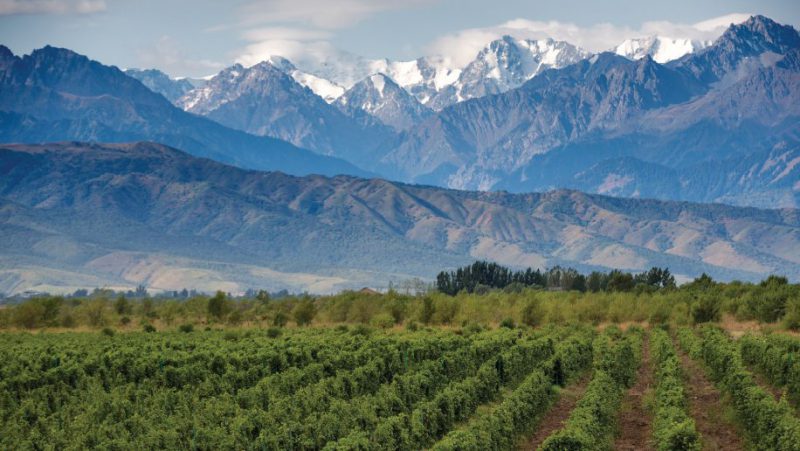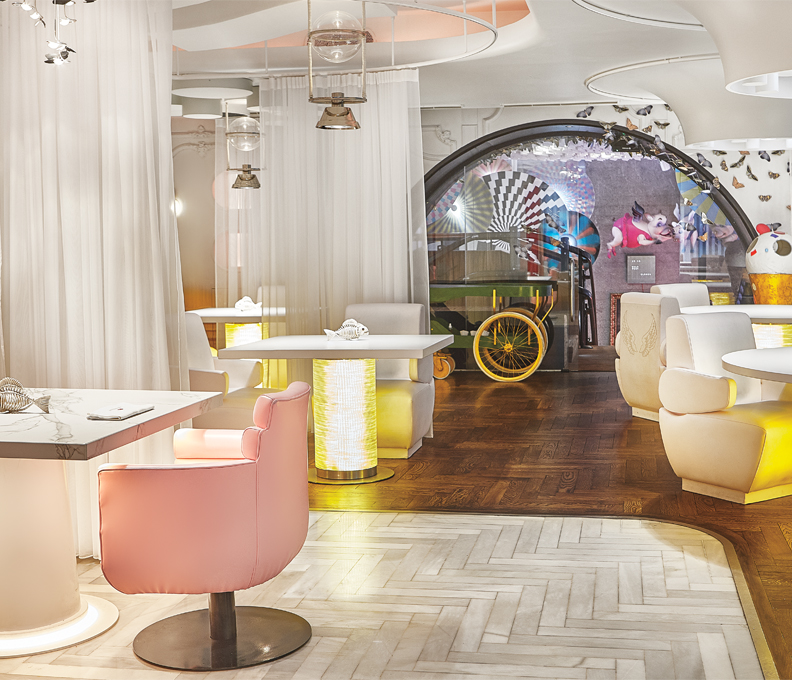Encore Buenos Aires!
Even as it uncovers its past, Argentina’s capital tangoes with the future
October 26, 2019

Two decades of tourism dollars flowing into Buenos Aires has had an effect. The formerly funky-cool streets of San Telmo and La Boca are now marked by “For Sale” signs on paint-faded French doors and ancient family mansions. Real estate sales in these barrios has rocketed and some of these atmospheric residences are being torn down and replaced by chic, high-design condominiums.

Buenos Aires is still a lively city of colorful barrios – such as areas dubbed “Palmero Hollywood” and “Palmero Soho” for their distinct style-vibes. But increasingly, these areas are being marked by gentrification. As money and business revitalizes, it creates challenges for locals and for generations-old businesses to survive.
When Business Traveler first covered Buenos Aires as a destination in the early 2000’s, the Argentine peso was fragilely pegged to the US dollar. A steak dinner for one at the legendary Cabaña Las Lilas restaurant cost a hefty 60 dollars and a taxi ride from posh Recoleta to a tango show in arty San Telmo could set business travelers back 20 dollars or more.
Since the early 2000’s, Argentina and its capital city – historically called, “the Paris of South America” for its Beaux Arts mansions and wide boulevards – has struggled through a series of governments to stabilize its currency and calm the turbulent economic waters it has been sailing for close to two decades.
During that time, the wave of tourism that was sparked initially by backpackers and budget travelers has widened to include luxury travelers, meetings and incentive groups and wine aficionados who have made a side trip to Argentina’s Malbec country, Mendoza, an additional obligatory stop when seeing Buenos Aires.
Latin America’s LATAM Airlines has become the continent’s largest airline – and one of the preferred ways for business travelers to fly from the US to Buenos Aires and Mendoza, linking those destinations to other gateways in South and Central America.
The state-owned carrier, Aerolineas Argentinas, operates from its hub in Buenos Aires to destinations throughout South America, and beyond to Madrid and Rome, as well as to three North American hubs – New York City, Miami and soon returning to Orlando. In addition to business travelers, more convenient air connections are bringing additional waves of tourists to the city.
Digging History
A paradigm of this change is the story of El Zanjón de Granados (elzanjon.com.ar/en). A group of centuries-old villas in Buenos Aires’ San Telmo district were bought by entrepreneur and former chemical engineer Jorge Eckstein in 1985. The once-palatial homes had fallen into ruins. Eckstein started excavating and found a warren of secret tunnels, known to locals but hidden from view, lying under the former mansions.
Eckstein secured rights to explore, and since 1985 has been opening the tunnels and discovering priceless pieces of urban archeology. The tunnels – once used by Jesuit priests as a way to escape angry locals – today is welcoming the burgeoning meetings and incentive market as exclusive private venues.
The boom in San Telmo real estate is part of the story, but so is Eckstein’s pride in his city. Millions of dollars have been poured into opening the tunnels around these homes, outfitting them as museum galleries for the general public as well as meetings venues. The homes above are restored as interpretive areas and the work continues below.
Staffers at the complex explain that along with being an escape hatch for wary Jesuits in the early days of the city, the tunnels were used for centuries by escaping slaves, black marketeers and anyone else seeking to elude pursuit. During Argentina’s infamous “Dirty Wars” in the late 1970s and 1980s, they might also have been used by political dissenters hiding from capture.
Today, the fragile urban archeology of Buenos Aires is being preserved in large part through the influx of meetings and incentive tourism to the city at enclaves like El Zanjón de Granados. As the city continues to gentrify around them, they are silent witness to Buenos Aires ongoing tango with time.
ONE-ON-ONE
Mendoza: the matrix of malbec
For over a decade, travelers have been discovering Mendoza, Argentina’s capital of Malbec. In the past decade, Mendoza has been booming with wineries and luxury finca (farm) accommodations. Martin Arnulphi, Park Hyatt Mendoza’s director of sales, offers insights on what makes Mendoza a must-add to a business trip to Buenos Aires.
BT: Tell us a bit about the Park Hyatt Mendoza and its long history.
ARNULPHI: Since the old Plaza Hotel opened its doors in 1926, it has been the venue for the most important events in the city. When Park Hyatt Mendoza opened in June 2001 the main focus was to maintain these traditions by playing host to social and cultural events as well as local art. Thus, our guests feel they are still part of the hotel´s identity.For the last 15 years, the hotel has held events like the renowned Masters of Food & Wine, a combination of gastronomy, wine, art and entertainment where the best wineries of Mendoza participate boasting the most outstanding chefs and artists. In addition, the hotel has also been the venue for charity events to help children and youngsters from marginal schools in our society.
BT: What kinds of travelers are choosing your property?
ARNULPHI: Nowadays, most of our guests are foreigners. Since the brand has its origins in the US, most of our services are targeted to American visitors. Our brand offers the possibility to belong to World of Hyatt. This allows people to earn points in all our properties worldwide and can be used at any Hyatt around the world.
Not only leisure travelers, but also those event planners for the meetings, incentives, conventions and events segment, which is so important for us, are eligible for this membership.
BT: How is the Park Hyatt tapping into the popularity of the region’s wine industry?
ARNULPHI: The wine industry has been growing steadily throughout the years as has tourism in Mendoza. The hotel has therefore developed new strategies to offer specific services required by the wine industry, such as guided tastings, international contests and so on. In 2016, the hotel was the chosen venue for the World´s Best Sommelier, welcoming more than 350 participants worldwide.As part of that, we are implementing a new service experience through our “Wine Concierge.” Our concierge team is specialized in the Wine Route to recommend the best experience for both beginners in the world of wine as well as specialists who are interested in visiting different wine regions in Mendoza.





